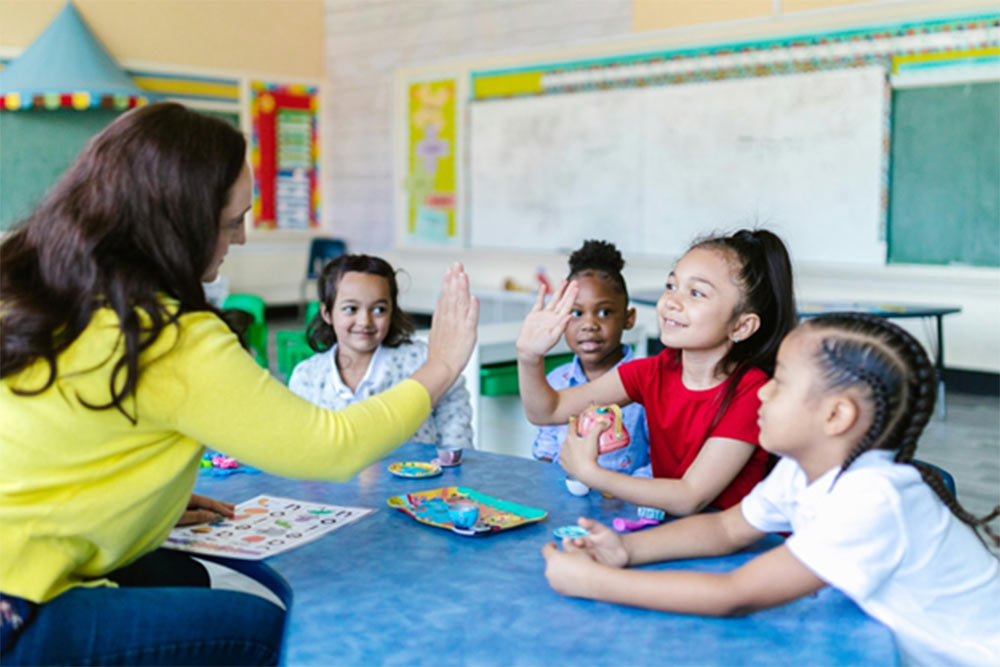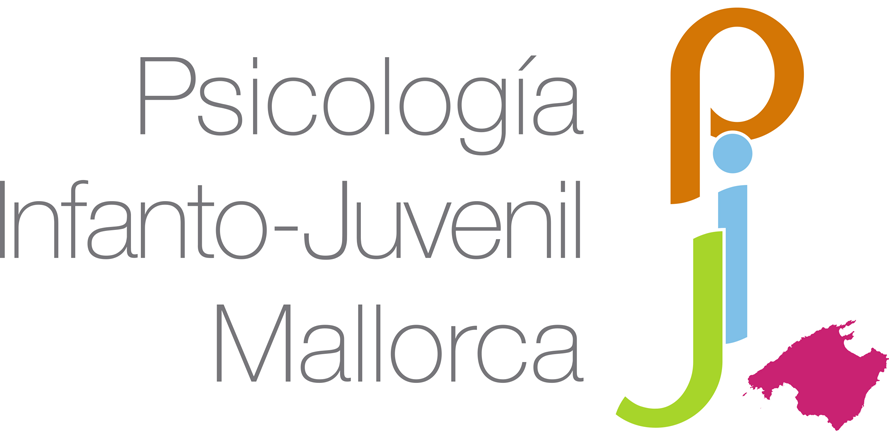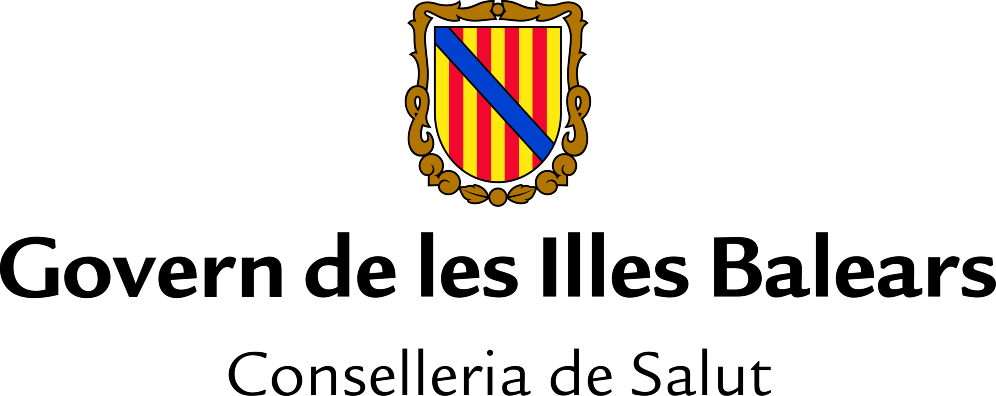
Imagine the following situation: a four-year-old girl is at the park when a stranger approaches her and asks for a kiss. The little girl, without giving it much thought, agrees. For her, giving a kiss is not unusual. At home, she is often asked to greet visiting adults with kisses. But when her father witnesses the scene, he reacts very angrily and scolds her, saying: “That’s very wrong, it’s something dirty! If I ever see you kissing strangers again, you’ll be in big trouble!”
Although this scene might seem isolated or exaggerated, the truth is it happens more often than we think. And it is not just an uncomfortable anecdote; it highlights a fundamental issue in children’s emotional and relational education: consent.
What is consent and why is it important?
The word “consent” is often associated only with the sexual area. But it goes far beyond that, it involves boundaries, respect, personal autonomy, and the ability to decide what we want and what we do not want, not only with our bodies but also with our belongings, emotions, or spaces. In this blog, and from experience as child psychologists, we will focus especially on physical consent in childhood.
Teaching consent from an early age is essential so that children become aware of their rights and learn to relate to others with mutual respect, freedom, and trust. Additionally, it is a key tool in preventing sexual abuse.
One reason why many people do not report abuse is because they feel shame, guilt, or confusion. Often, they are unsure where the boundaries were or whether they had the “right” to set them. Many of these learnings originate in childhood, for instance, when we force a child to give a kiss or hug even if they do not want to, or when we ignore their discomfort with physical contact. The message conveyed is: “Your body does not fully belong to you. Others may decide for you.” If repeated over time, this idea can lead to not knowing how to defend oneself or identify inappropriate behaviour later in life.
The good news is that conversations about children’s consent are becoming more widespread, and we are changing how we want kids to relate to others. But there is still much work to be done to embed these messages into everyday family life, schools, and the environments where young children grow up.
How to teach consent from a young age
Here are some key strategies to foster autonomy and respect for their own bodies in childhood:
- Explain that their body belongs to them. From a very early age, children can learn that they have the right to decide what type of physical contact they accept or decline and that, if they do not want to give hugs or kisses to someone, that is ok. Instead of forcing them to show affection in a specific way, we can offer them other options: a smile, a high five, a wave, etc. The important thing is that they understand that they have decision-making power and that they own their body.
- Talk to them naturally about the body. Calling things by their names, such as “penis” or “vagina,” is not vulgar, dirty, or premature. On the contrary, it helps eliminate taboos and makes it easier for children to feel comfortable with their whole body and more secure in speaking up if something strange or uncomfortable happens. If we use euphemisms or avoid the topic, they might interpret those parts of the body as “bad” or “shameful,” and keep quiet if something happens out of fear of consequences.
- Ask permission before touching them. Even if it seems like a minor detail, it can have a big impact. If you ask a child, “Can I give you a hug?” or “Is it okay if I sit you on my lap?”, you are sending them a clear message: “You decide about your body.” This reinforces the idea that consent is non-negotiable, not even with the adults they trust the most. This also helps them learn to ask others for permission and to not cross their boundaries.
- Help them identify trusted adults. We cannot assume that children will automatically know who they can trust. Sometimes, even adults are unsure. That is why it is important to explain to them that trusted adults are those who make us feel safe, who listen to us, who do not force us to do things we do not want to, and who respect our boundaries. We should also tell them that, if someone asks them to keep an uncomfortable secret or makes them feel bad, they can and should tell someone.
- Normalize consent in other areas. As we mentioned earlier, consent is not just physical. It is also taught when we ask for permission before borrowing something, before posting a photo of someone, or when we ask if we can share a personal story involving another person.
What to do when someone crosses their boundaries
When a child acts with innocence, like giving a kiss without understanding that it may be inappropriate in that context, our response as adults should not be anger or shame. In the example at the park, instead of scolding her harshly and telling her it is “something dirty,” the father could have taken the opportunity to teach her something important. A more helpful and respectful reaction might have been to look at her calmly and say something like: “I know you didn’t know that kiss could be inappropriate, it’s not your fault. But it’s important that you know that kisses and hugs are only given if you want to and if you know the person well. If a stranger asks you for something like that, you can say no and come find me (or another trusted adult). I will always be here to help you.”
This type of response not only avoids making the girl feel guilty for something she does not understand, but also gives her concrete tools for the future, conveys security, and reinforces her right to set boundaries.
And although learning begins in childhood, it does not end there. In adolescence, for example, consent plays a central role, as it is at that stage that they often experience their first intimate relationships, and peer pressure, fear of rejection, or “what others might say” become more apparent. That is why the earlier we start talking about the topic, the better prepared they will be to say “no” firmly or to hear and respect others’ “no.”
In summary, teaching children the importance of consent is not just preparing them for potential dangers. It is, above all, giving them tools to build healthier relationships, based on empathy, mutual respect, and communication.
If you do not know where to start when it comes to talking about consent with your son or daughter, you are not alone. We can help you address this topic clearly, respectfully, and in a way that is age appropriate.
Aina Fiol Veny
Psychologist Col. Nº B-02615





